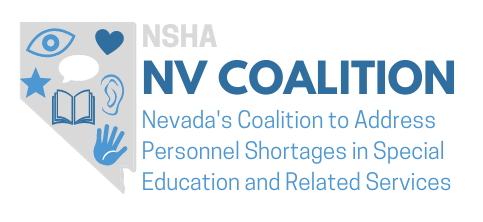What we do (and don't) know about teacher shortages, and what can be done about them
Many districts across the country are grappling with teacher shortages large and small. Limited federal data show, as of October 2022, 45% of public schools had at least one teacher vacancy; that's after the school year had already begun. And schools that serve high-poverty neighborhoods and/or a "high-minority student body" were more likely to have vacancies.
Understanding Special Education Teacher Shortages
While supply and demand for fully qualified special education teachers has ebbed and flowed for nearly 30 years, demand has consistently outpaced supply nationally.1 These shortages imperil the opportunity for students with disabilities to receive an appropriate, individualized educational program, as guaranteed by the Individuals with Disabilities Education Act (IDEA).
How School Staffing Shortages Are Hurting Students
5 Things Schools Can Do Now to Boost Teacher Retention
The teacher shortage is nothing new, but the urgency of needing to accelerate every student’s literacy skills while short staffed, is. Many teachers are leaving or considering leaving the profession, while fewer and fewer are joining the ranks.
Rethinking Shortages in Special Education: Making Good on thePromise of an Equal Opportunity for Students With Disabilities
In this article, the authors describe the complexity of special education teacher (SET) shortage, how shortage undermines equal educational opportunity, and strategies that school districts and state and federal governments have used to combat them.
A Systematic Review of Factors Associated with Special Education Teacher Recruitment
Abstract
Addressing teacher shortage is a current and long-standing critical need in special education. Additionally, the current teacher workforce is not as diverse as the current student population.
